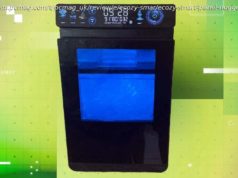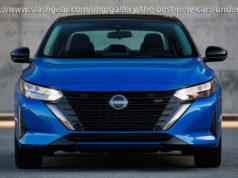Meet Aslan, a new 3D-printed structure meant to “minimize the communication barrier between the hearing and the deaf.”
Around 70 million people today claim sign language as their mother tongue, and now, we can add one more to their ranks. But the latest entity to be fluent in ASL isn’ t a person — it’s a robotic arm. Meet Aslan, a new 3D-printed structure meant to “minimize the communication barrier between the hearing and the deaf.”
Intended to serve as a translator, Aslan can hear spoken language, then turn it into sign language. By means of a robotic set-up, spoken language will be immediately translated to sign language. And thanks to its 3D-printed design along with its easily attainable components, the team behind the project (sponsored by the European Institute for Otorhinolaryngology) believes that “the Aslan robot can remain available at a low-cost and more accessible to the world.”
Initially conceptualized in 2014, the robot is the brainchild of three Masters students, Guy Fierens, Stijn Huys, and Jasper Slaets. As Huys explained in a video about the project, “I was talking to friends about the shortage of sign language interpreters in Belgium, especially in Flanders for the Flemish sign language. We wanted to do something about it. I also wanted to work on robotics for my Masters, so we combined the two.”
Now, just a few years later, Aslan is a working prototype. The robot’s name is actually an acronym for “Antwerp’s Sign Language Actuating Node, ” and is comprised of 25 3D-printed parts, and 16 servos controlled by an Arduino board. While Aslan is currently just a single hand, the hope is that the team will soon be able to add another arm to accommodate two-handed gestures. There’s also talk of an “emotive robotic face” so that the robot can also mimic facial expressions.
Once the design of Aslan is finalized, its creators say that the plans will be open sourced so that more people can make use of the clever tool. While the robotic arm is not meant to entirely replace human translators, it can certainly help to fill in some gaps. After all, ASL translators are not always readily available, but the hope is that with the help of these robotic arms, communication barriers can be overcome.






